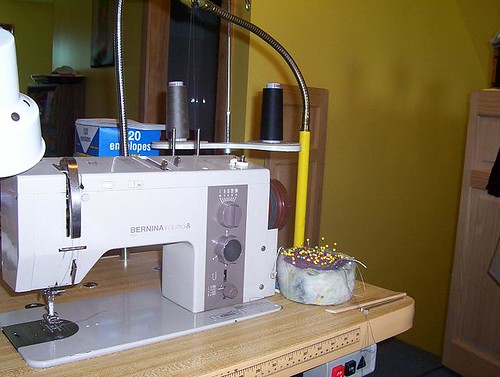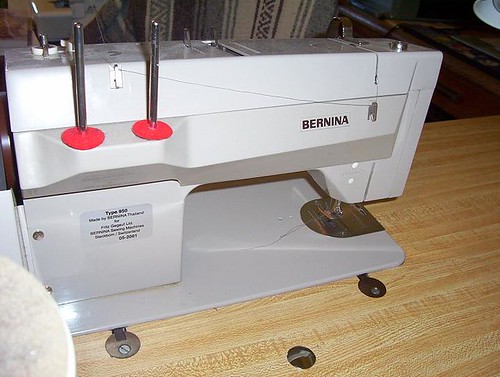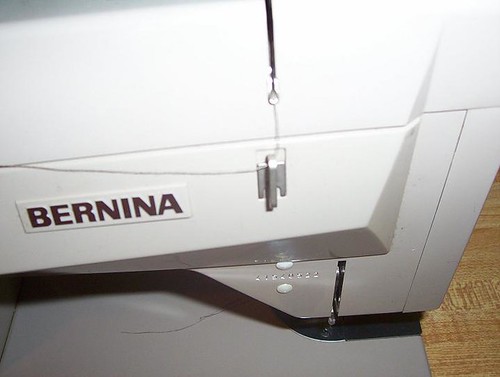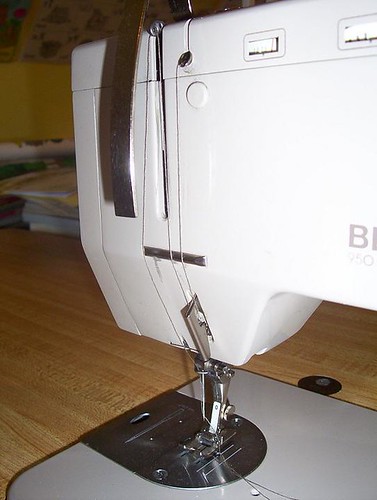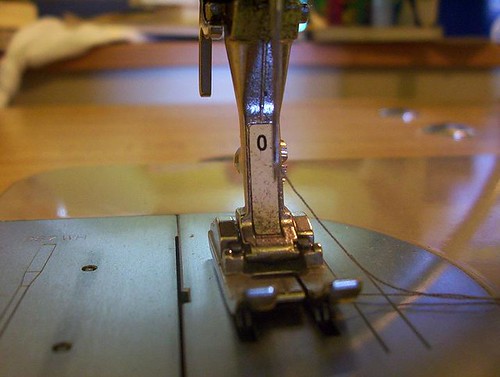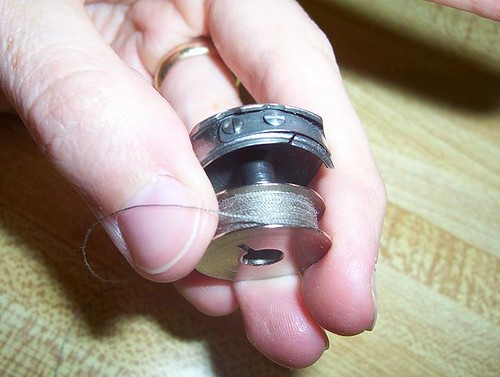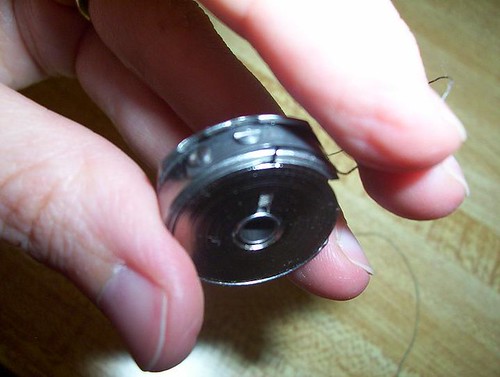I've been reading
FI and I decided to practice and update some of my tote patterns. I'm issuing
style numbers, making production patterns with
color coding and I will be making a
direction card after I streamline the sewing (again).
In order to motivate myself, (I'm a procrastinator, I finished sewing about 5 things before I started getting paid to sew) I signed up for a tent at a local festival this September. Only problem is I have NOTHING to put in the booth. (OK I have a dozen things, but it feels like nothing)
Here is what my original pattern looked like.

Here is what the new color coded, labeled and separate pattern pieces look like. (I have the blue in pencil because I don't have a blue pen yet)

traced out on jeans

Here is a finished bag from the new pattern on manilla paper. It isn't perfect and I skipped the pocket, but it is much easier having everything ready.

It makes me crazy seeing what a difference it makes to have each piece separate and labeled. It took forever to make the patterns, but I was doing it every time I made a new bag! I was redoing the placement for the handles and pocket every time. And I didn't even have a strap pattern just a measurement written on the shell piece! Now I can just go thru all the pieces and I'm ready to sew, before I had to remember which ones I reused for lining and interfacing (and they aren't supposed to be the same size anyway!). The harder paper makes a huge difference too. I haven't purchased a roll yet, I'm just using manilla file folders.
My style number is 61001. I have chosen 6 for accessories because I like the way it sounds. I have 5 numbers because I am prone to excess, plus I am considering using the second number to differentiate between recycled,recycled patchwork,and just plain fabric. Even though I'm not using a different pattern, the work and cost for each of the different styles would be notable for customer ordering or inventory. The last three numbers are for numbering the 999 bag patterns I plan on making (ha ha!).
An example:
recycled denim

recycled patchwork denim (different size bag)

fabric

I also need to make a direction card, as the link explains, it is necessary for sewing production. In my case I'm lame for not having done it sooner because my memory is good, but I rarely sew it in the most efficient order when I haven't touched it in a while. That is my next task.
